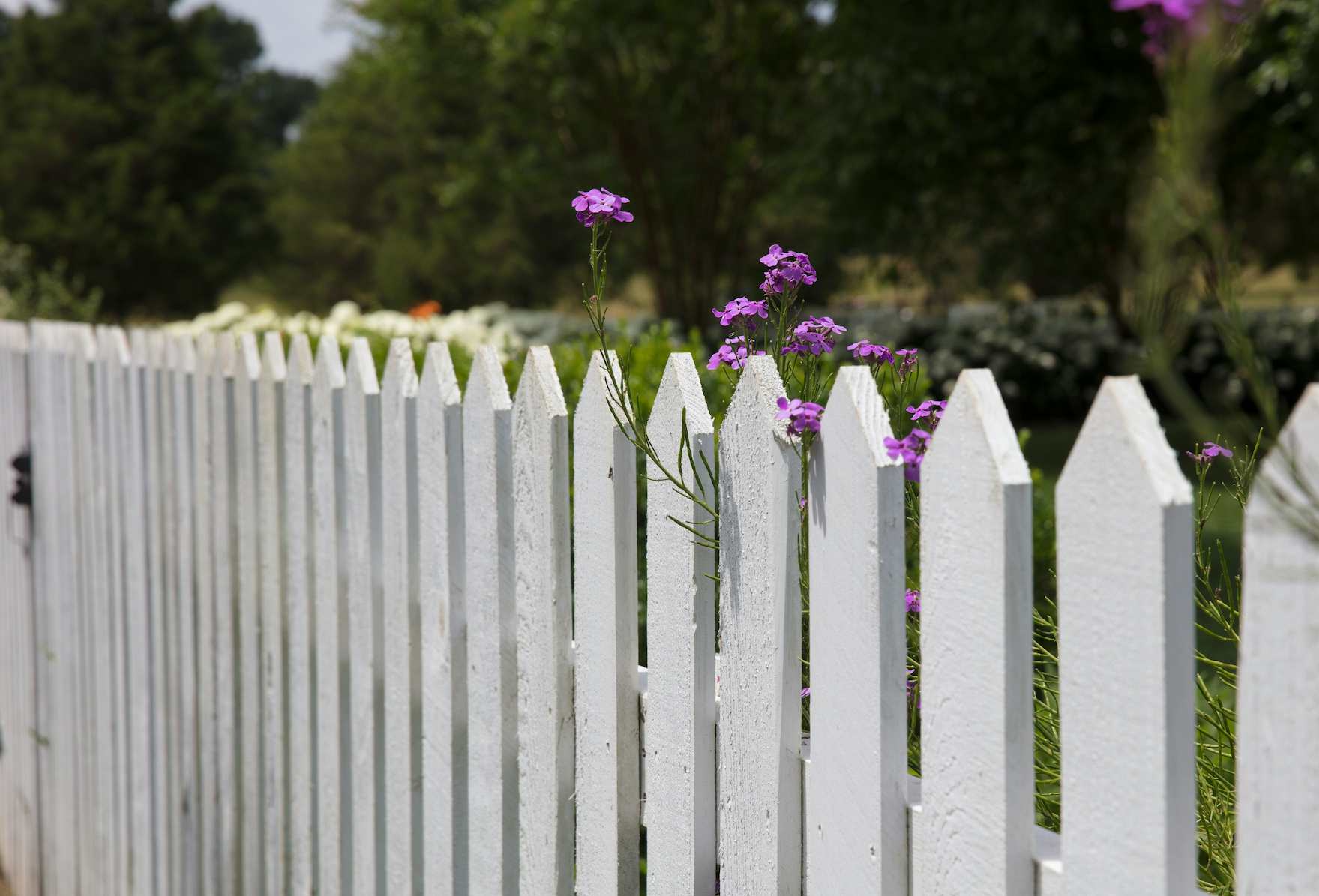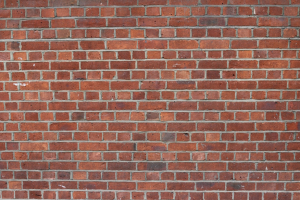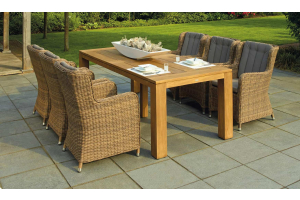
Knowing how to build a fence is an incredibly handy life knack to have in your skill set. It’s a skill you can lean on time and time again, particularly after nasty storms.
It’s also one of the most practical improvements you can make to your garden or property boundary. It could be for privacy, security, or simply to smarten up outdoor space, no matter the use case, knowing how to build a fence is great.
We’ve helped countless homeowners and tradespeople source the right fencing materials. We also know the best practices for installing a new fence or simply repairing. This guide will break that all down for you.
How Much Does a New Fence Cost?
Fence costs can vary, but on average fencing panels typically cost between £30 and £60 each. Featherboard or close board panels come in slightly higher, averaging around £60 per panel.
Concrete or timber fence posts range from £15 to £36 each, with most falling around the £25 mark.
For installation, you can expect to pay roughly £1,600 for a 100ft fence at 4ft high, or around £2,200 for a 6ft version. This can vary depending on the contractor.
Preparing for Your Fence
You likely know this already, but start by deciding where the fence will go. Consider needs like privacy, property boundaries, and access. For side passages or garden partitions, you often have a few positioning options, so it’s worth thinking ahead.
Before digging, bear in mind underground utilities. Contact the appropriate local services to mark any buried lines if needed.
Use pegs and string to mark the fence line. Measure carefully and make sure your planned posts are evenly spaced, typically no more than 6 to 8 feet apart to prevent sagging.
Then you can start gathering your materials like fence panels or slats, posts, post mix, fixings, a level, saw, and either a manual or powered auger for digging.
Setting Fence Posts in Concrete
Start by digging the holes for your end posts. Use a post hole digger or spade to make holes roughly 600mm (2 feet) deep. Set the post in the hole and brace it in a perfectly vertical position using stakes and a level.
Add post mix or concrete to the hole, keeping it tightly packed around the post. Double-check the post is plumb before the mix sets.
Allow concrete to cure as recommended, this is typically around 24–48 hours.
Repeat the process for other posts, using a string line to keep everything aligned.
If your fence includes a gate, account for its width and placement in your layout before setting interior posts.
Building the Frame and Gate
Once posts are set and cured, you can add your horizontal rails or cross pieces to connect them. Use treated timber and exterior-grade screws for this step. Make sure the tops of the posts are trimmed level for a neat finish.
Gates are slightly more complicated to build. You can create a frame using 2x4s, then reinforce it with a diagonal brace angling downward toward the hinge side.
Position and brace the gate in its intended spot before mounting it. Use temporary shims or spacers to create clearance on all sides, especially the hinge side.
Installing Fence Slats and Hardware
Now you can start fixing the slats or panels. Start at one end and work your way across. Use a string line again to keep the tops of your slats consistent, especially if you’re not following the natural slope of the ground.
Secure each slat with two exterior-grade screws per rail. You can cut slats to size as needed and leave a small gap between each for expansion. If using panels instead of individual slats, ensure they are fixed at a level and evenly spaced between posts.
Now the easy part, the fence hinges. Position hardware carefully and drill pilot holes before fixing screws. If adjustments are needed, now’s the time to check swing clearance and sand down any tight spots.
Final Checks and Finishing Touches
Thats it. Once your fence is up, walk the perimeter and check everything is secure, level, and aligned. Remove any temporary bracing and tidy up around the base.
If you're using untreated timber, you may want to apply a protective wood treatment or stain to increase longevity.
You might also want to install post caps, a top rail, or gravel boards. And if your fence includes a gate, test it several times to make sure it swings freely and latches securely.





